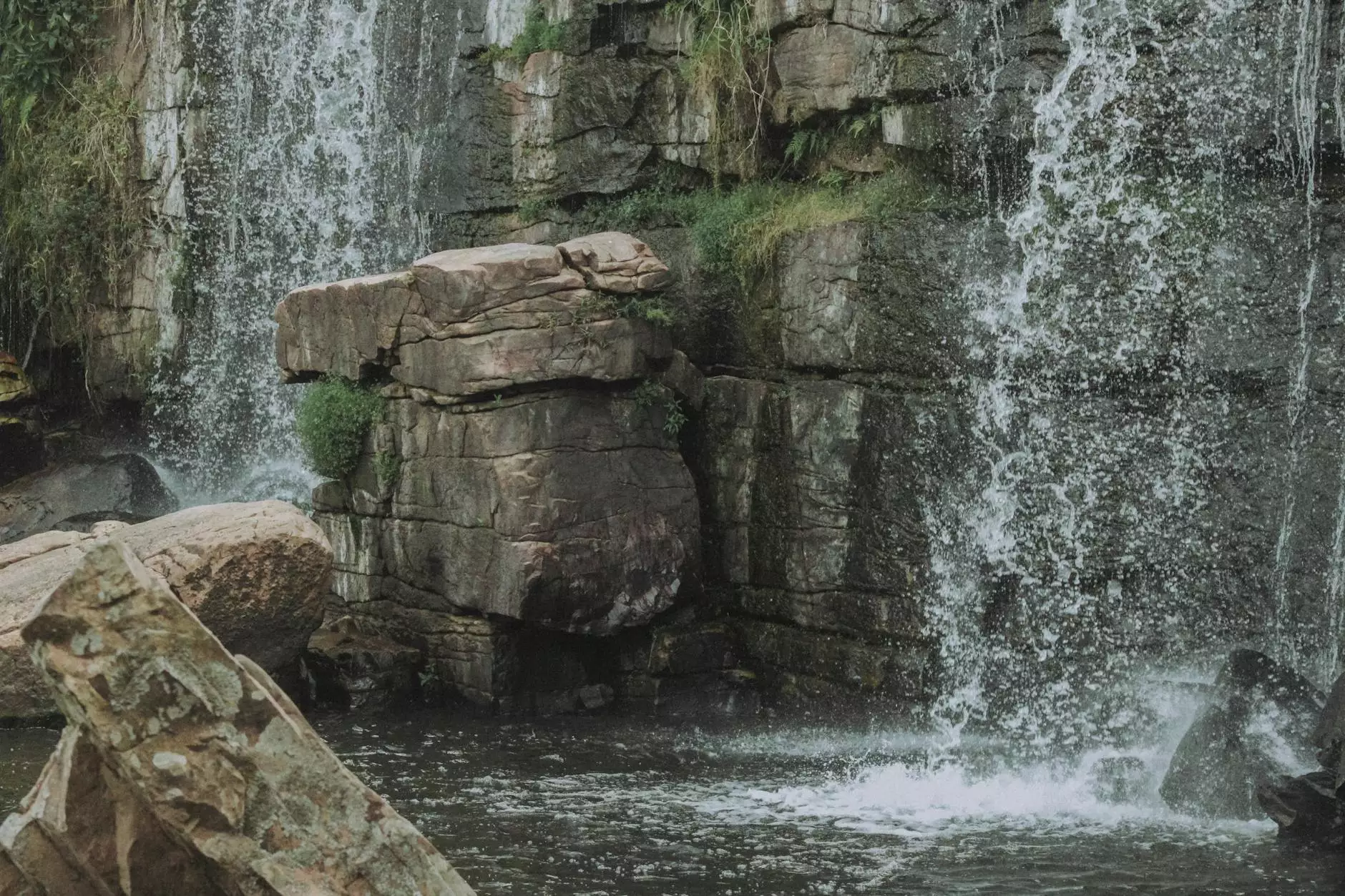Comfort Everest Base Camp Trek: A Journey to Remember

The Comfort Everest Base Camp Trek is not just a trek; it’s an adventure of a lifetime, offering breathtaking views, cultural richness, and a profound sense of accomplishment. However, one of the significant challenges that trekkers face is altitude sickness. Understanding this condition is crucial for anyone planning to embark on this epic trek.
Understanding Altitude Sickness
Altitude sickness, also known as acute mountain sickness (AMS), arises when you ascend to high altitudes rapidly without proper acclimatization. At elevations above 8,000 feet (approximately 2,400 meters), the oxygen levels drop significantly, which can lead to various symptoms, ranging from mild to severe.
Symptoms of Altitude Sickness
- Headache
- Nausea or Vomiting
- Dizziness
- Fatigue
- Difficulty sleeping
- Shortness of breath
The Importance of Acclimatization
Acclimatization is the process of allowing your body to adjust to higher altitudes. It is the key to preventing altitude sickness during the Comfort Everest Base Camp Trek.
Tips for Effective Acclimatization
- Take it Slow: Gradually increase your altitude. Spend extra days at critical points like Namche Bazaar to allow your body to adapt.
- Stay Hydrated: Drink plenty of water to keep your body hydrated; dehydration can exacerbate symptoms.
- Avoid Alcohol: Alcohol can impair your ability to acclimatize and increases the risks of altitude sickness.
- Eat Well: A balanced diet can provide the necessary energy and nutrients your body needs for acclimatization.
Symptoms and Management of Altitude Sickness
It’s essential to recognize the signs of altitude sickness quickly. If you or anyone in your group starts to experience symptoms, it’s crucial to take immediate action.
Mild Symptoms Management
If symptoms are mild, such as a slight headache or fatigue, follow these tips:
- Descend: If symptoms persist, consider descending to a lower altitude, as this is often the most effective treatment.
- Rest: Take time to rest and allow your body to recover.
- Hydrate: Continue drinking fluids, preferably electrolytic drinks.
Severe Symptoms and Immediate Action
In cases of severe altitude sickness, such as high altitude pulmonary edema (HAPE) or high altitude cerebral edema (HACE), immediate action is required:
- Descend Immediately: Move to a lower altitude as soon as possible.
- Seek Medical Assistance: Contact a professional if symptoms do not improve after descending.
The Comfort of Trekking with Professionals
When planning your trek to Everest Base Camp, choosing the right travel agent is vital. Professional trekkers offer invaluable knowledge about the route, acclimatization strategies, and safety measures.
Why Choose myeveresttrip.com?
My Everest Trip is a trusted name in the realm of trekking and travel services. With years of experience, we offer:
- Expert Guides: Our guides are trained to manage altitude sickness and ensure your safety.
- Customized Itineraries: We tailor your trek according to your preferences and fitness levels.
- Comfortable Accommodations: We prioritize your comfort with well-chosen lodges and meals.
Preparing for Your Comfort Everest Base Camp Trek
Preparation is key to a successful trek. Here are some essential steps to consider:
Physical Preparation
Start training at least a few months before your trek. Focus on enhancing your endurance and strength through:
- Cardio Exercises: Engage in regular walking, hiking, and cardiovascular exercises.
- Strength Training: Build strength in your legs, core, and back to handle the trekking challenges.
- Practice Hikes: Go on weekend hikes with a loaded backpack to simulate trekking conditions.
What to Pack for the Trek
Having the right gear can make or break your experience. Here’s a comprehensive packing list:
- Clothing: Layered clothing is crucial. Include moisture-wicking base layers, insulating middle layers, and waterproof outer layers.
- Footwear: Invest in good-quality trekking boots that offer support and comfort.
- Safety Gear: Don’t forget a first-aid kit, a headlamp, gloves, and a warm hat.
- Food and Hydration: Carry energy snacks and purifying tablets or a water filter.
Stay Informed on Weather Conditions
The weather in the Everest region can be unpredictable. Stay updated on weather forecasts to plan your trekking schedule optimally.
Best Time to Trek
The best times to undertake the Comfort Everest Base Camp Trek are during the pre-monsoon (March to May) and post-monsoon (September to November) seasons when conditions are generally stable.
Embrace the Experience
The Comfort Everest Base Camp Trek is not just about reaching a destination; it’s about the journey itself. Marvel at the stunning landscapes, connect with local cultures, and enjoy the camaraderie among fellow trekkers.
Document Your Journey
Consider keeping a journal or taking photos during your trek. These memories will be invaluable and provide you a chance to share your adventures with others:
- Capture the Moments: Photography is a great way to document your trek and share your experiences.
- Learn Something New: Engage with local communities to learn about their culture and way of life.
- Keep a Journal: Writing your thoughts and experiences can enhance your emotional connection to the trek.
Conclusion
Embarking on the Comfort Everest Base Camp Trek is a fulfilling journey that comes with its set of challenges, particularly when it comes to altitude sickness. By understanding the symptoms, preparing adequately, and choosing the right travel partner like My Everest Trip, you can ensure a successful and memorable experience. Don’t let altitude sickness deter you—equip yourself with knowledge and resources, and make your dream trek a reality!
Final Thoughts
Trekkers should always prioritize safety and listen to their bodies on the way to Everest Base Camp. Your journey to the roof of the world should be safe, enjoyable, and enriching. Happy trekking!
comfort everest base camp trek altitude sickness


